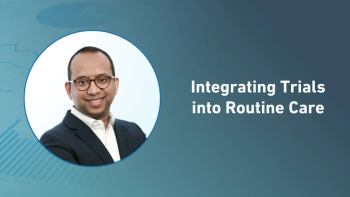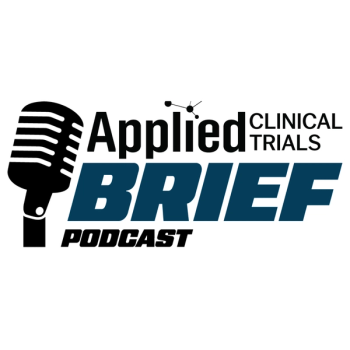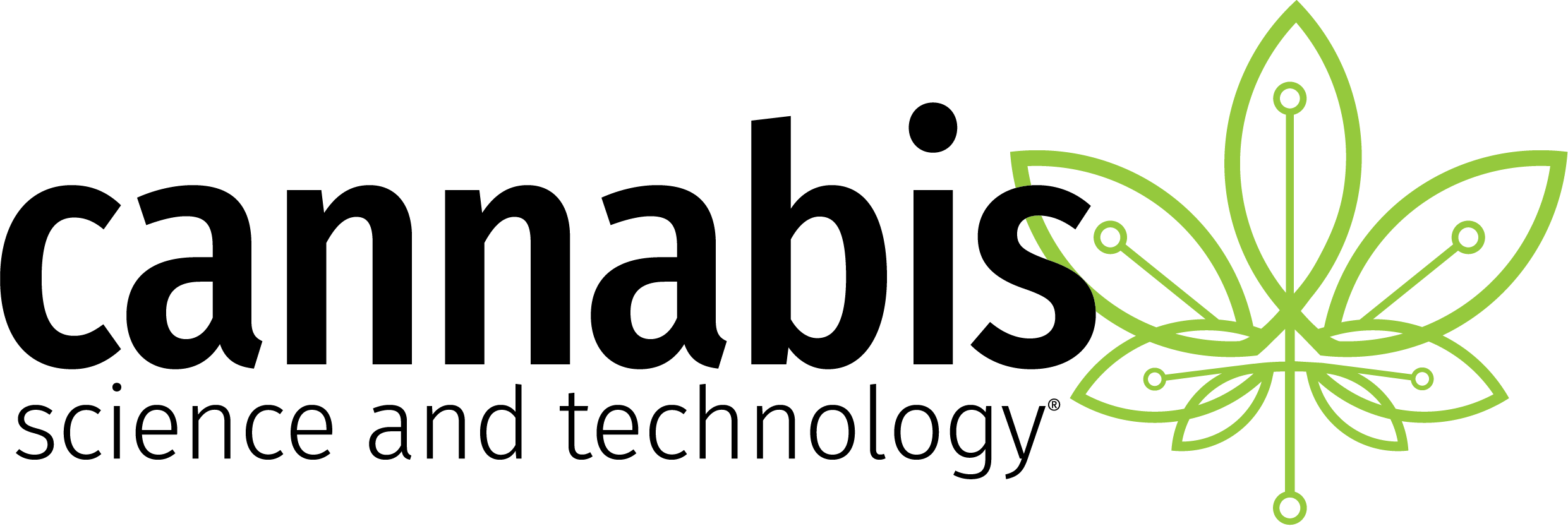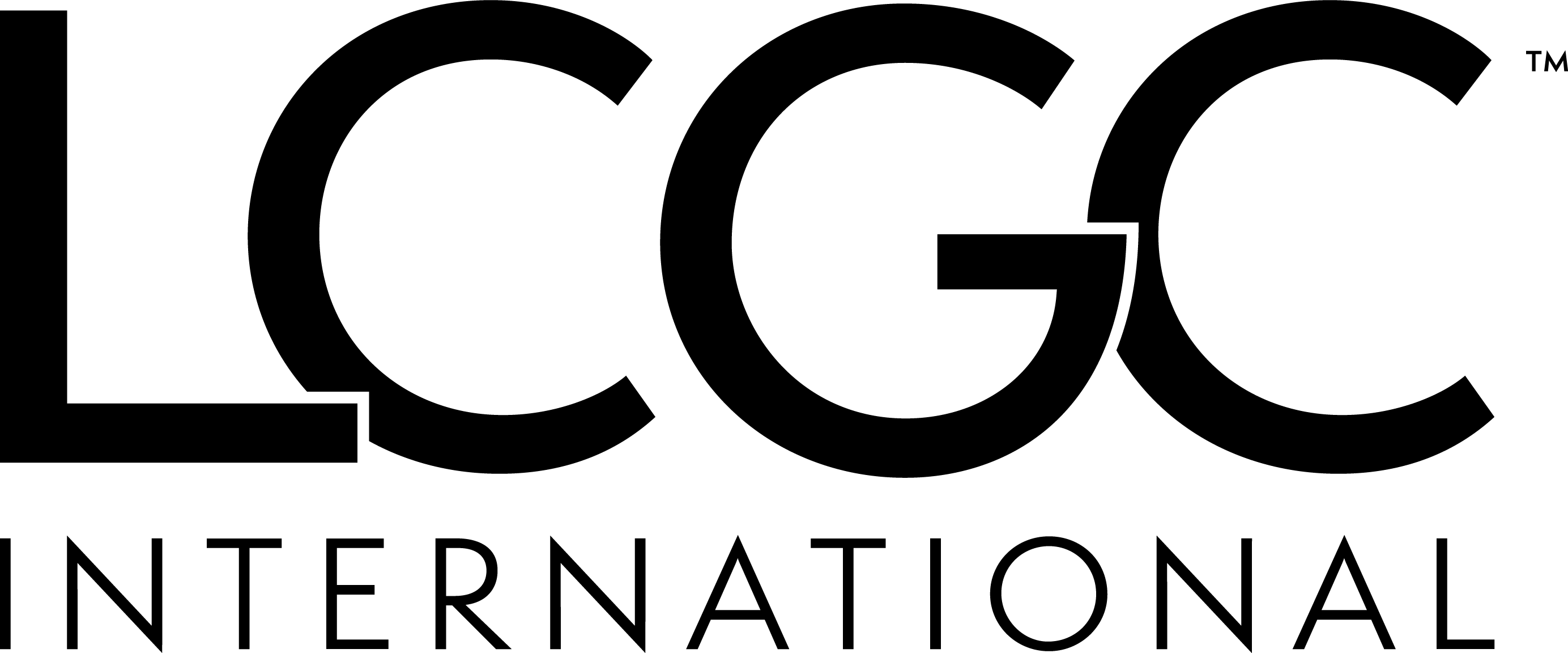
A Look at Independent E-Signatures to Limit the Paper Burden in Clinical Trials
Across the pharmaceutical industry, advances in digital technology play a key role in driving the efficiency of the drug development process, particularly for clinical trials.
Across the pharmaceutical industry, advances in digital technology play a key role in driving the efficiency of the drug development process, particularly for clinical trials. As data continues to migrate from paper to electronic format, electronic signatures can contribute to productive and cost-effective clinical trials, saving tens of thousands of dollars in operational costs and drastically reducing the high costs of administrative delays. As described below, Sarah Cannon Research Institute provides an ideal example of the compelling benefits, in which they reduced the time it takes to get physicians’ signatures by up to a staggering 94%.
As noted above, the Sarah Cannon Research Institute (SCRI) implemented e-signatures to meet the challenge of rising clinical trial costs and ever-burdening paperwork. Running approximately 500 clinical trials a year, the organization’s volume of document processing, shipping and storage was immense.
SCRI’s e-signature program was designed to expedite gathering physician signatures on clinical trial documents, encompassing a network of more than 1,000 investigators dispersed globally. This e-signature ability saved SCRI $250,000 in printing and delivery costs in the first year, but even more important, it saved time. Previously, it took between 19 and 58 days to get a document signed. With e-signatures, it took just three to four days – a 94% improvement.
The need for speed in clinical trials
Such successes are critical in today’s environment. A
Unfortunately, the high volume of paper-based processes in a clinical trial contributes to inevitable delays in signing and processing. “The average new drug application submission, which includes data from all clinical trials related to that application, uses between two and six million pages of paper. For a visual picture, organizations often require the use of long-haul vans or tractor trailers for transport,” said Mollie Shields Uehling, CEO of
E-signatures choices
For clinical research organizations to build a successful platform, e-signature adopters should first begin with the right digital infrastructure to support the heightened needs of clinical research workflows. Because clinical trial paperwork differs significantly from that of the average business using electronic signatures, a rudimentary e-signature solution could undermine compliance.
For instance, most e-signatures used in the United States are generally compliant with the federal
and the
One kind of e-signature, called an
This distinction is fundamental. Because the legal evidence is embedded into a PDF and not reliant on a vendor’s proprietary technology and permanent storage of the document, independent e-signature technologies can be validated, even without an Internet connection, and can live exclusively on a user’s server – not a vendor’s - for greater control.
Such characteristics of independent e-signatures conform to industry-specific regulations, which must also be considered when sourcing e-signature technology. Most notably, this includes compliance with
FDA 21 CFR Part 11 requires heightened levels of security controls, such as detailed audit trails, tamper evidence and multi-factor authentication, which are all components of independent e-signatures. HIPAA’s language does not specify appropriate use of e-signatures, but the spirit of the law clearly mandates the staunch defense of patients’ protected health information. Keeping direct ownership and control of documents via independent e-signatures is a critical factor in protecting any PHI found in electronically signed documents.
Further, HIPAA and FDA 21 CFR Part 11 guidelines alone are not enough to make e-signatures legally permissible in other parts of the world. For instance, independent e-signatures that utilize a unique digital certificate, or identity, are the only e-signatures permitted by the European Medicines Agency.
Effectively launching e-signatures for clinical trials
Though the underlying e-signature technology required for clinical trials is indeed advanced, it’s relatively simple to capture an e-signature. To optimize an e-signature program’s effectiveness, however, administrators ought to consider the following during implementation:
- Develop a pilot program. When introducing e-signatures in paper-based workflows, begin with small, controllable steps. Because the transition involves taking reams of paper into the digital space, it is wise to begin using e-signatures on just one or two transactions to first get acquainted with the technology. A small start will help administrators and signers identify and correct any pain points before wide-scale adoption.
- Consider all avenues of regulatory compliance. As noted above, many clinical trial documents are shared across the world and touch a number of regulatory bodies. Be sure to consider the requirements across the spectrum, so that your e-signatures are valid wherever the documents go.
- Tailor e-signature technology to specific transaction/organization needs. E-signature capabilities and features can be adjusted to meet specific transactional and/or organizational needs. For instance, some organizations prefer tamper-proof technology to tamper-evident technology, as tamper-proof technology doesn’t just show changes made to a document but actually prevents changes from occurring. Further, some organizations may choose logic in clinical trial documents so that various parts of a form cannot be skipped based on answers to previous questions. Think about what your transactions and organization need and work with vendors that can support it.
Clinical trials play an essential role in shaping modern-day medicine. The stakes are exceedingly high, even down to the paperwork. Given the right technology, solution provider and internal commitment, e-signatures provide a vehicle for efficiency and expediency that can drastically improve one of the last legs of a therapy’s journey to market.
Pem Guerry is Executive Vice President at
Newsletter
Stay current in clinical research with Applied Clinical Trials, providing expert insights, regulatory updates, and practical strategies for successful clinical trial design and execution.






.png)



.png)



.png)
.png)
